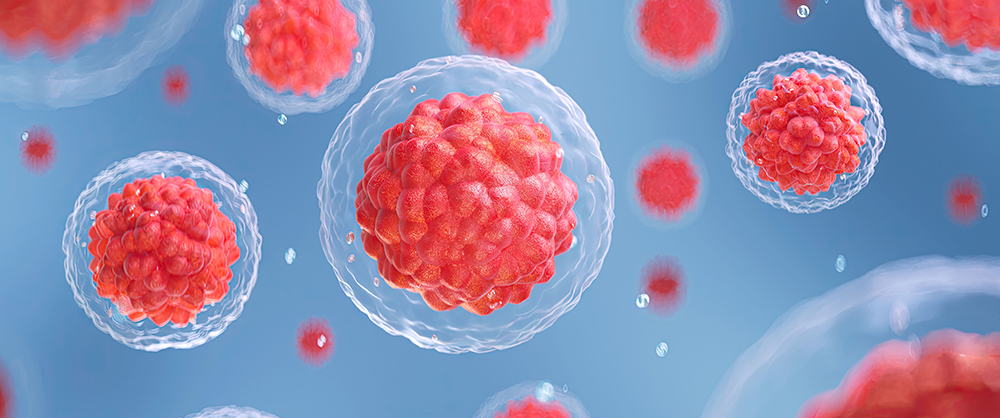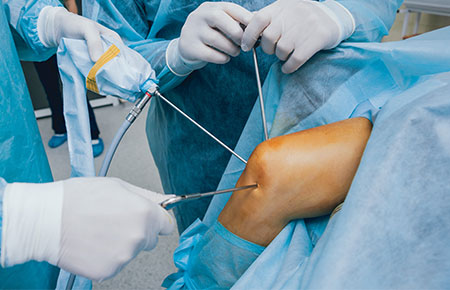In recent years, hyaluronic acid injection has been favored in the field of medical beauty, but the problem of delayed redness and swelling after injection has also attracted widespread attention. Today, let's take a deeper look at the mechanism of delayed redness and swelling caused by hyaluronic acid injection and related influencing factors.
There are two main mechanisms for delayed redness and swelling after hyaluronic acid injection. One is a biofilm reaction and the other is an immune-mediated inflammatory reaction. These two mechanisms play a key role in the phenomenon of delayed redness and swelling.
1. Biofilm formation
Studies have shown that delayed redness and swelling are related to the formation of biofilm. Biofilm is a protective structure produced by bacteria that can form on the surface of filler materials. When the biofilm is activated, such as by the trauma of subsequent skin-filling surgery, it can cause local infection, systemic infection or granulomatous inflammatory response.

2. Immune response
Hyaluronic acid fillers are a foreign body to the host and may cause a reaction from the immune system. This immune response may be delayed, resulting in redness and swelling sometime after injection.
The factors affecting delayed redness and swelling after hyaluronic acid injection are:
1. Material metabolism time
It is worth noting that the probability of delayed redness and swelling is closely related to the metabolism time of hyaluronic acid products in the body. The longer any hyaluronic acid or other medical beauty materials stay in the body, the higher the probability of delayed redness and swelling. Just like in daily life, when people get cold and their immunity is low, it is more likely to swell. Similarly, the longer the hyaluronic acid is metabolized in the body, the higher the probability of delayed redness and swelling of this hyaluronic acid. Moreover, the factors affecting its metabolism time will affect the likelihood of redness and swelling.

2. Material properties
From the inherent properties of hyaluronic acid, if a hyaluronic acid is long-lasting or has a harder texture, its maintenance time is determined by hardness. The harder the hyaluronic acid, the longer it lasts. In comparison with the same type of hyaluronic acid, the hyaluronic acid with fast absorption has a low degree of cross-linking, which is determined by its inherent properties.
3. Injection technology
· The injection volume is also an important factor. The larger the injection volume, the longer the overall maintenance time is, and the less likely it is to be metabolized. In this case, the risk can be reduced by controlling the injection volume of a single site and a single point. Because the accumulation volume of a single point is too large, the large volume of material cannot be well integrated with the tissue, the tissue itself cannot provide a sufficient metabolic environment, the product form is maintained for a long time, and the biofilm will be stable as the material form stabilizes after it is formed on the surface of the material.
"Once the body's immunity decreases, an inflammatory reaction will occur. Usually, the single-point injection volume can be controlled at 0.2-0.3ml. If extreme control is performed, according to the point-to-point play of a certain big brand, a single-point injection volume of 0.03ml is also feasible, but in this way, 1ml may require 30 points. Through such control, the probability of delayed redness and swelling will be significantly reduced."
· In addition, the injection layer also affects the probability of redness and swelling. The deeper the injection layer, the faster the metabolism will be.
· Hematoma caused by repeated puncture during injection will also increase the chance of delayed redness and swelling in the later stage.
4. Bacterial contamination
Bacterial contamination during the injection process may also cause delayed redness and swelling. Even under strict disinfection, it is difficult to completely avoid bacterial contamination, because bacteria are sometimes hidden in the hair follicles of the skin and will be brought into the deep layer of the skin with puncture, which provides convenient conditions for the formation of biofilms
Understanding the mechanism of delayed redness and swelling caused by hyaluronic acid injection and related influencing factors is crucial for medical aesthetics practitioners and consumers who receive hyaluronic acid injections. This helps to better control risks during medical aesthetics operations, improve the safety and effectiveness of hyaluronic acid injections, and make medical aesthetics a truly reliable means to enhance people's external beauty.
-
singclean | 2025-01-03
 Tips For Lip Injection By Using Hyaluronic Acid
Tips For Lip Injection By Using Hyaluronic Acid -
singclean | 2025-01-03
 The Prevention and Treatment of OsteoarthritisOsteoarthritis is a chronic disease primarily caused by damage and wear and tear to joint cartilage, resulting in joint pain, stiffness, and limited function.
The Prevention and Treatment of OsteoarthritisOsteoarthritis is a chronic disease primarily caused by damage and wear and tear to joint cartilage, resulting in joint pain, stiffness, and limited function. -
singclean | 2025-01-03
 As a woman, you should know an important human indicator: human chorionic gonadotropin (HCG)HCG is a glycoprotein hormone secreted by the stromal cells of the placenta. Its main function is to stimulate the corpus luteum, which is conducive to the continuous secretion of estrogen and progesterone, thereby promoting the formation of uterine decidua and making the placenta grow and mature.
As a woman, you should know an important human indicator: human chorionic gonadotropin (HCG)HCG is a glycoprotein hormone secreted by the stromal cells of the placenta. Its main function is to stimulate the corpus luteum, which is conducive to the continuous secretion of estrogen and progesterone, thereby promoting the formation of uterine decidua and making the placenta grow and mature.




